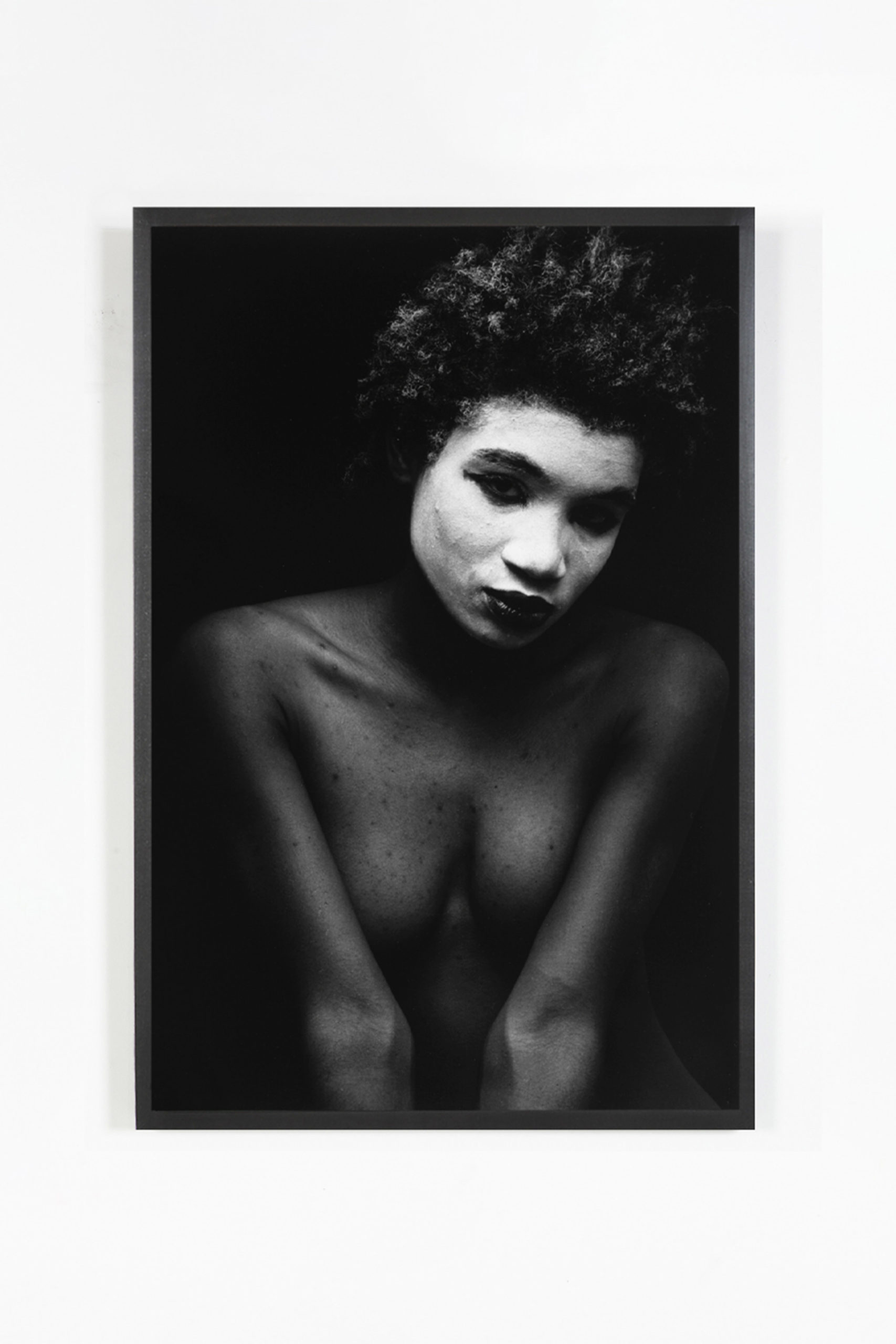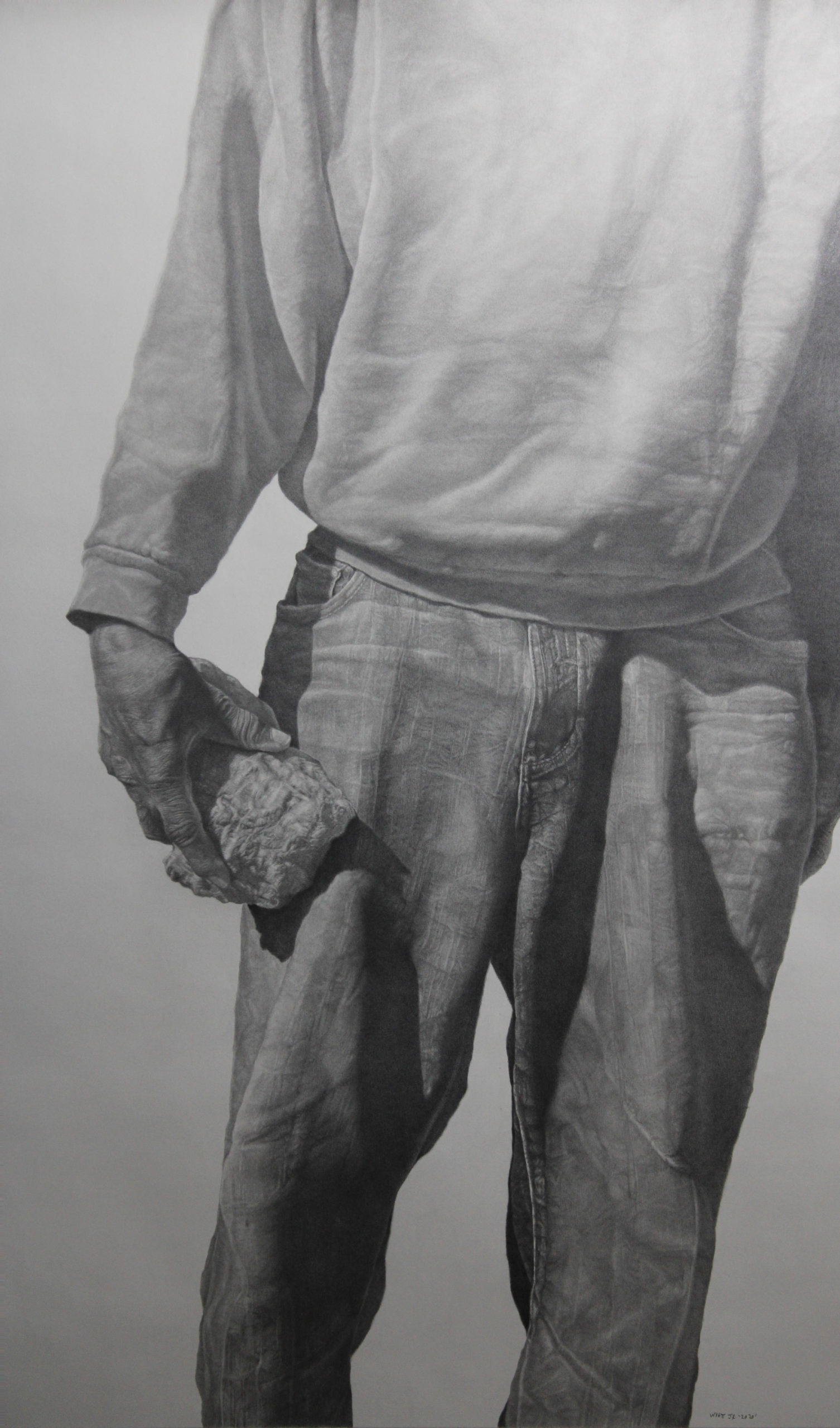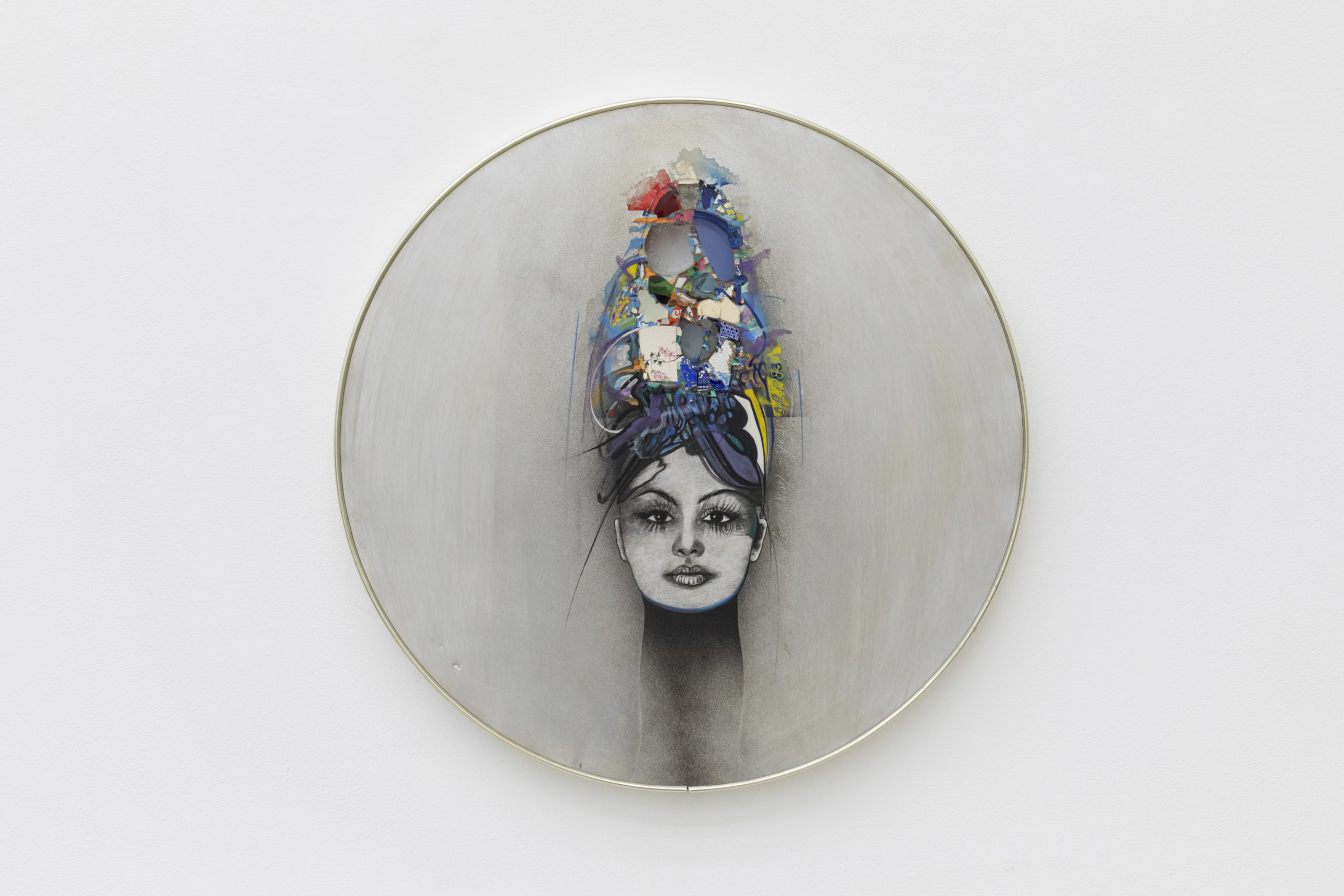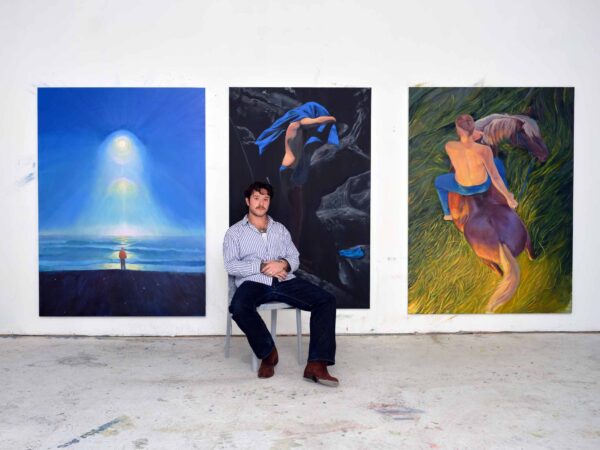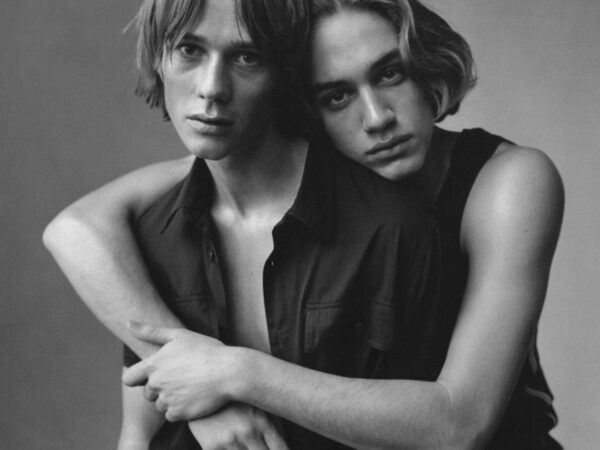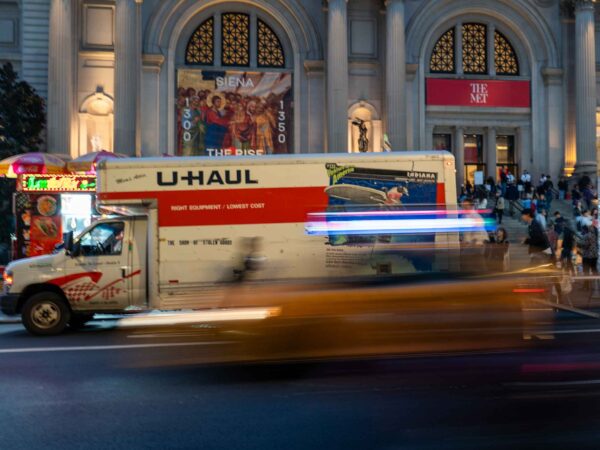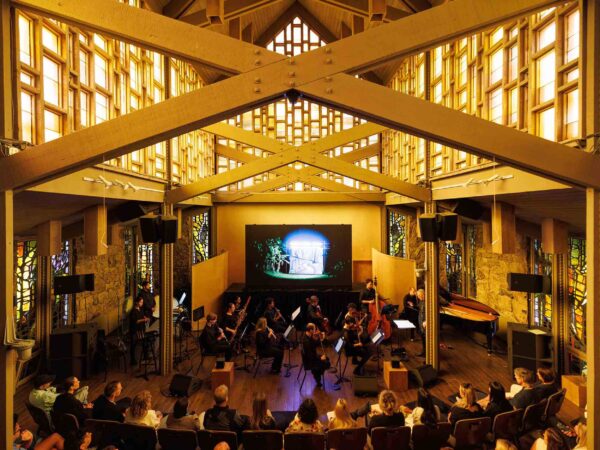Lyle Ashton Harris, Luis Flores, Richard Wyatt Jr., Robert Pruitt, and Timothy Washington discuss how the lockdown transformed their practice
Since most of the world went under quarantine due to the coronavirus, we have been spending more time in our homes than ever. Portraiture: A Private Room, an online exhibition on view at Salon94 through June 21, 2020 explores the meaning of being at home, the very place where we spend our most intimate moments, where we experience solitude, and experience deep thought. During this time in isolation, introspection and contemplation have allowed artists for a pause, like the act of portrait making, which involves close examination, slowness, and working alone.
In the exhibition, we see how Richard Wyatt Jr. embarks on a process of meditative mark making that forms layered, personal narratives within the image. Lyle Ashton Harris and Luis Flores take on new identities as a way to further delve into their own. Katy Grannan goes to the Blackfoot Nation for her series Missing Murdered Indigenous Persons, which recalls the absence of those missing and forgotten. Meloko Mekgosi and Robert Pruitt incorporate the meaning of objects into their work. Timothy Washington created figures who are unearthed through the method of removing pigment from the surface of his work.
Document questioned a number of the artists in Portraiture: A Private Room about how they have been spending their time during the lockdown, and how it has transformed their practice. These interviews all took place before the police killing of George Floyd and subsequent mass uprisings; and so in light of recent events, we gave each artist the opportunity to offer further comment on the interplay between solitude and solidarity.
Document: Where have you been spending the lockdown?
Lyle Ashton Harris: In the Hudson Valley, in upstate New York. I drove up here with a friend of mine on March 17th, and have been away from the city ever since.
Document: How has solitude affected your practice?
Lyle: I was sheltering down with someone, a new friend, for 26 nights and 27 days, which was challenging, intimate, intense, and argumentative; rich in many ways. It wasn’t until this person left that I took a deeper dive into solitude and realized how much I avoid the deeper process of working, reflecting, etcetera—the necessary labor needed for my creativity.
I am good at staying home: cooking delicious food, tending to the house, minding my own business… but the real work comes when I halt all of that and am able to channel the affairs of my heart into my ever-growing archive.
Document: How have the stay-at-home orders bought on your own self-reflection and introspection? What are you thinking about more?
Lyle: I had dinner with Donald Moffett and Bob Gober a few months ago. Donald gifted me a copy of the classic Peterson Field Guide to Northern Birds. As a part of my mindfulness practices, during my daily walks, I slow down and listen to the birds as they embrace the trees on my property. It is a moment to appreciate nature; to reflect on its gifts.
Document: In light of recent events and protests across America, is there anything—thoughts, fears, hopes, feelings—that you’d like to share?
Lyle: In light of recent events, the uprising and protests across all 50 states of the United States and the world, it is deeply inspiring to see the younger generation leading the movement, speaking to power and putting their bodies on the line —particularly after sheltering down for three months.
Document: Where have you been spending the lockdown?
Luis Flores: I’ve been spending the lockdown at my home home in Los Angeles with my wife and son.
Document: How has solitude affected your practice?
Luis: I’ve become a bit of a recluse and haven’t been exposed to any outside art or happenings that I would normally go to. It’s allowed me to really analyze my intention and purpose. At least, a lot more than usual. Questioning my practice with regards to its impact and importance/relevance.
Document: How have the stay-at-home orders bought on your own self-reflection and introspection? What are you thinking about more?
Luis: Self-reflection and introspection have always been a big part of my practice. The quarantine has only magnified it, for better or worse. I’m thinking a lot about the global impact this situation has had and will continue to have and what the world will begin to look like a few years down the line. I’ve also been thinking a lot about the marginalized communities that continue to go unnoticed and keep the wheels turning in this country. The people that allow others feel some semblance of normalcy as we face this pandemic. I think about the resiliency of my people that continue to put their lives at risk for a system that refuses to notice them.
Document: What have you learned while being in solitude?
Richard: While being in solitude, I have learned to develop a real appreciation for my family and my friends during this challenging time. I miss being with the people who are tremendously important in my life. I also think about the loss of life worldwide due to our current global health crisis.
Document: How has solitude affected your practice?
Richard: Solitude has affected my practice in that my work has become more labor intensive. In fact, for the past few months, solitude has enabled me to create works with fewer distractions. My practice, in the past, largely entailed the development of creating works in public spaces. However, since 2019, I have been concentrating more solely on drawing or mark making.
Document: How have the stay-at-home orders bought on your own self-reflection and introspection? What are you thinking about more?
Richard: The stay-at-home orders cause me to reflect on issues such as the personal examination of ourselves (i.e., my recent drawing “Let’s Put Our Stones Down”). I think I am more introspective and conscious of my contribution, not only as an artist, but as a person. I think more about what I can hopefully offer to this generation through my art in a positive way.
Every generation has an event in its life that helps inform its personal relationship to history. For instance, when my grandsons become adults, they are going to remember where they were and, more importantly, how they felt during this unprecedented moment in time. This is an important event in their personal life histories.
Document: In light of recent events and protests across America, is there anything—thoughts, fears, hopes, feelings—that you’d like to share?
Richard: I’ve lived through the marches and protests of the 1960s. Many of which were in response to the inequality and mistreatment of African-Americans during the historic Civil Rights Movement. Most of the protests during that period of time were led by Black leadership. The majority of people on the frontline were African-American who were joined by many people from different racial backgrounds. However, in this current time of protest, the frontline is now white, Asian, Latino, Black, and more. This generation of activists wants change now! This generation is far more diverse and forward thinking than we were. Many of their friendships and communities are inclusive and include people of color. And most impressively, they’re standing up for each other. I’m reminded of a 1958 quote from Dr. Martin Luther King Jr.: “In the end, we will remember not the words of our enemies, but the silence of our friends.”
Document: Where have you been spending the lockdown?
Robert: I’ve just been hanging out in our apartment here in Harlem with my wife, Autumn.
Document: What have you learned while being in solitude?
Robert: I have been re-learning how many more aspects of my art practices exist. There have been neglected aspects such as writing, comics, music, video etc. The isolation has just opened up time for exploration again.
Document: How have the stay-at-home orders bought on your own self-reflection and introspection? What are you thinking about more?
Robert: I’ve been thinking about how my practice will function going forward. Specifically, I’m thinking about how to produce work in a form that is more accessible to the audiences who are at the center of my work. The disruption of traditional exhibition platforms provides me an opportunity to think through how I work and where it goes. Obviously I am thinking of the potentials of online platforms but I’ve also been thinking about mail art, zines, and even sound. Hopefully something fruitful will come from this line of thinking.
Document: What have you learned while being in solitude?
Timothy: I have become even more spiritually involved. Spiritually connected and in some cases spiritually executed, I’m finding strength with my connection with the creator. Sometimes when I say a prayer, I just sit back and watch the magic happen. Any questions that I have, I ask the creator. And by the creator, I also mean the energy source within each of us, which is god. The older I get, the more sensitive I become to the relationship that one object has on another.
Document: How has solitude affected your practice?
Timothy: I’m really focused right now. I feel spiritually and visually inspired. I have a clear vision of what my next sculpture will look like when it’s completed. In a way, I’m stuck in my comfort zone.
Document: In light of recent events and protests across America, is there anything—thoughts, fears, hopes, feelings—that you’d like to share?
Timothy: The blue jay represents thievery because this bird robs the nests of other birds. The skull with the oval eyes is a way of saying more by saying less. Once you see the eyes you can’t ignore them because they leave an imprint on the brain. The pencil behind the ear has significance because it shows that the person was educated. The cross around the neck shows that person was spiritual. The faces surrounding the figure support the message that all people desire to be seen and heard and found. The word ‘Danger’ is highlighted to impress upon the viewer that there is danger all around us.



